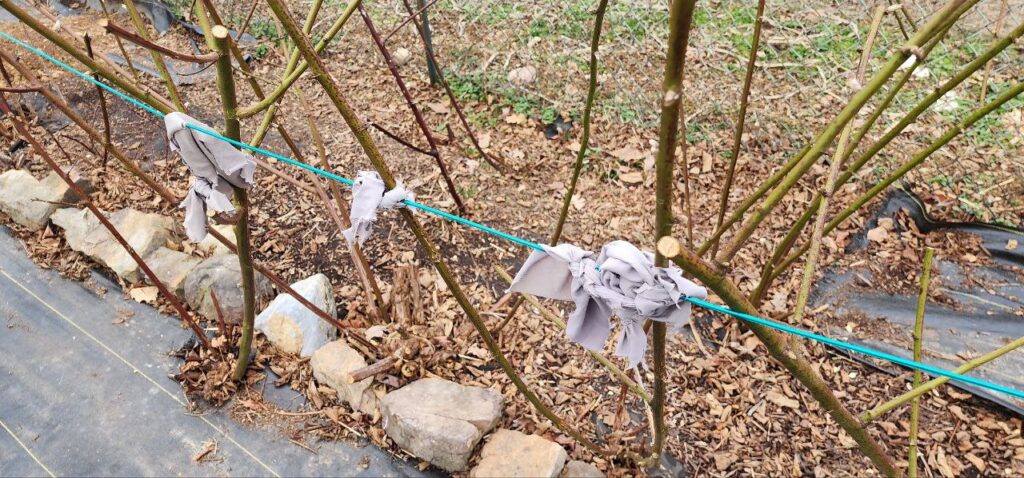How to Build an Inexpensive and Simple Blackberry Trellis
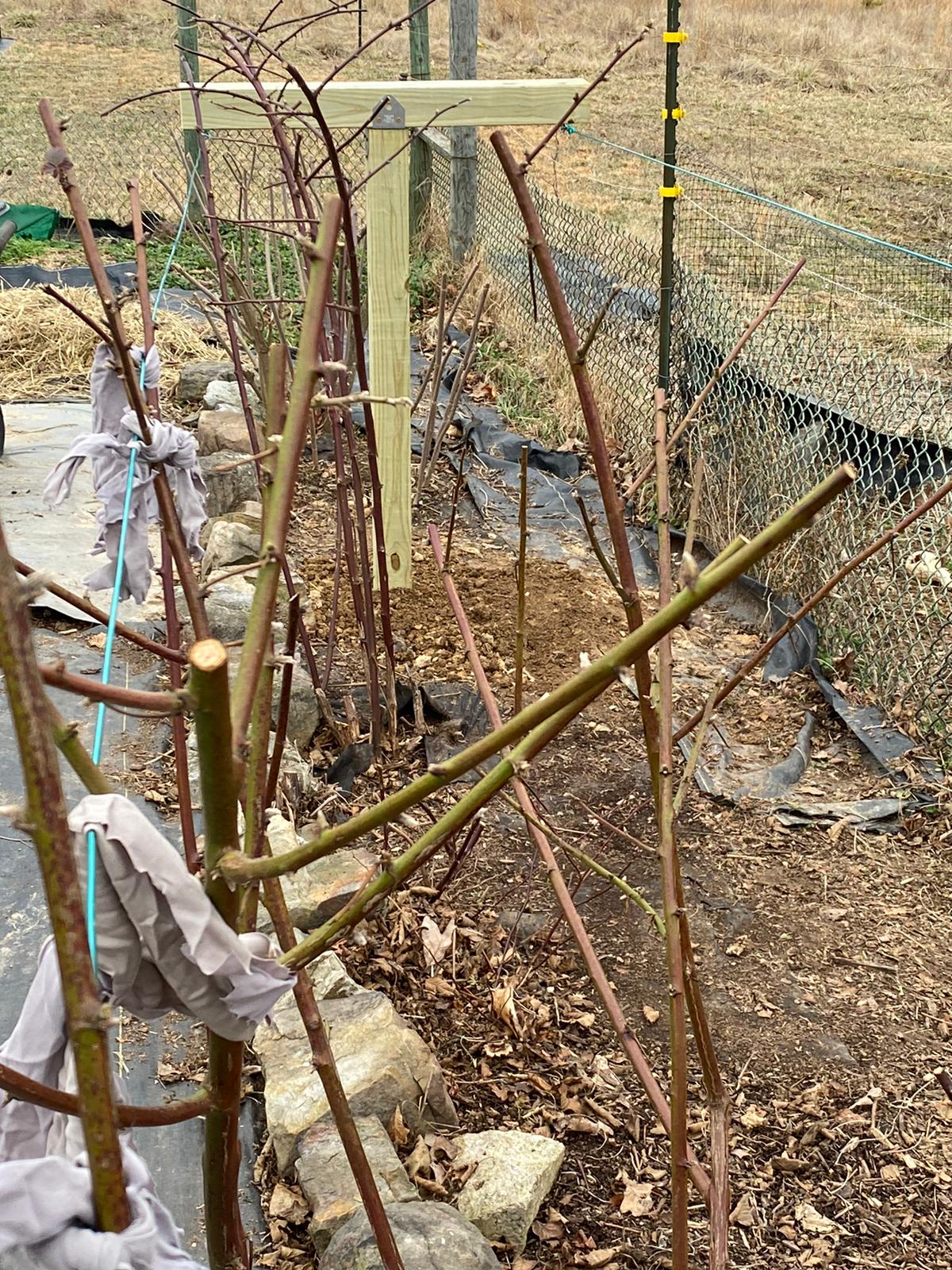
Growing Healthy and Productive Blackberries
In June 2019, we planted two Blackberry plants (Navaho Thornless and Triple Crown Thornless) and over the years they have thrived and grown well beyond what we expected and now need a Blackberry Trellis installed. We were happy to see that the material cost was less than $100! After using rebar supports last year for staking up the canes we decided this year to put a more permanent support structure in place. We put in a relatively inexpensive “T” trellis using two 4×4″ cemented posts and wire. The Blackberrys became quite unruly over the years with growth going everywhere it can and last year we had more temporary support than we liked. We waited until late Winter to prune back the primocanes and remove the floricanes from last year that are now dead.
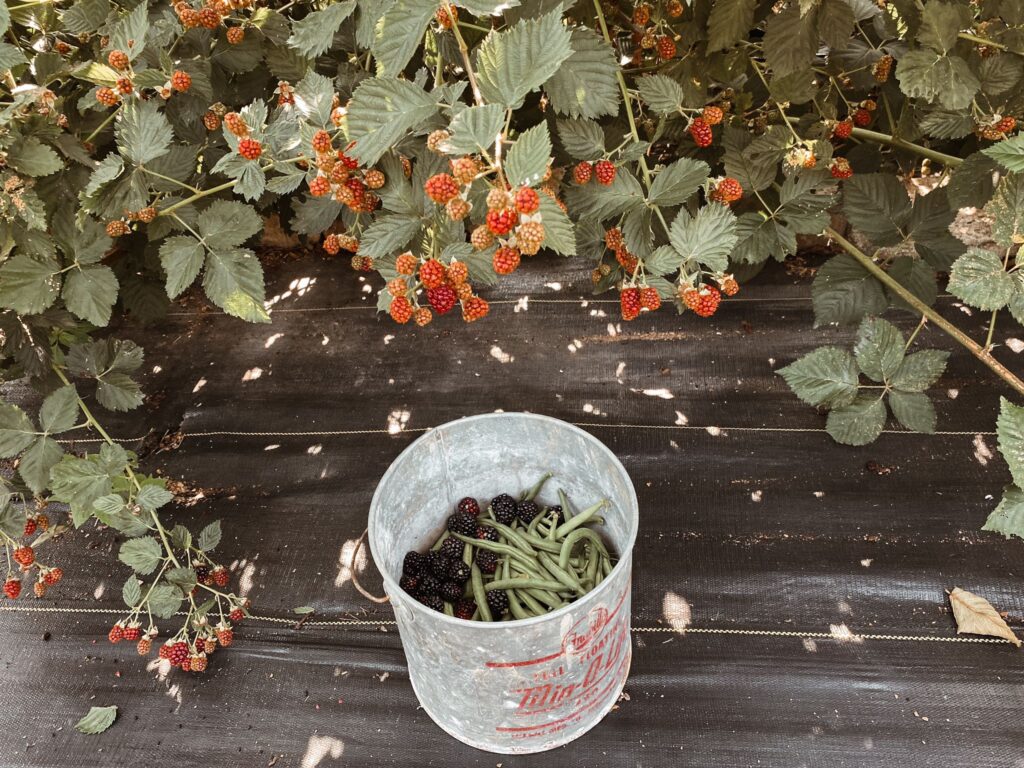
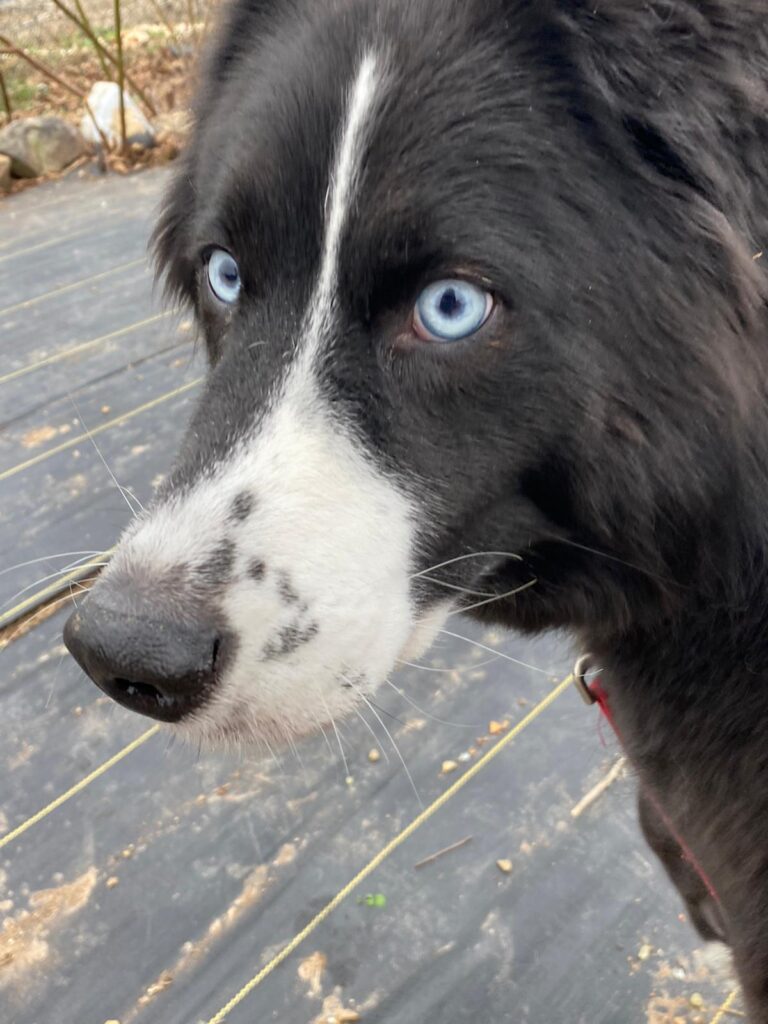

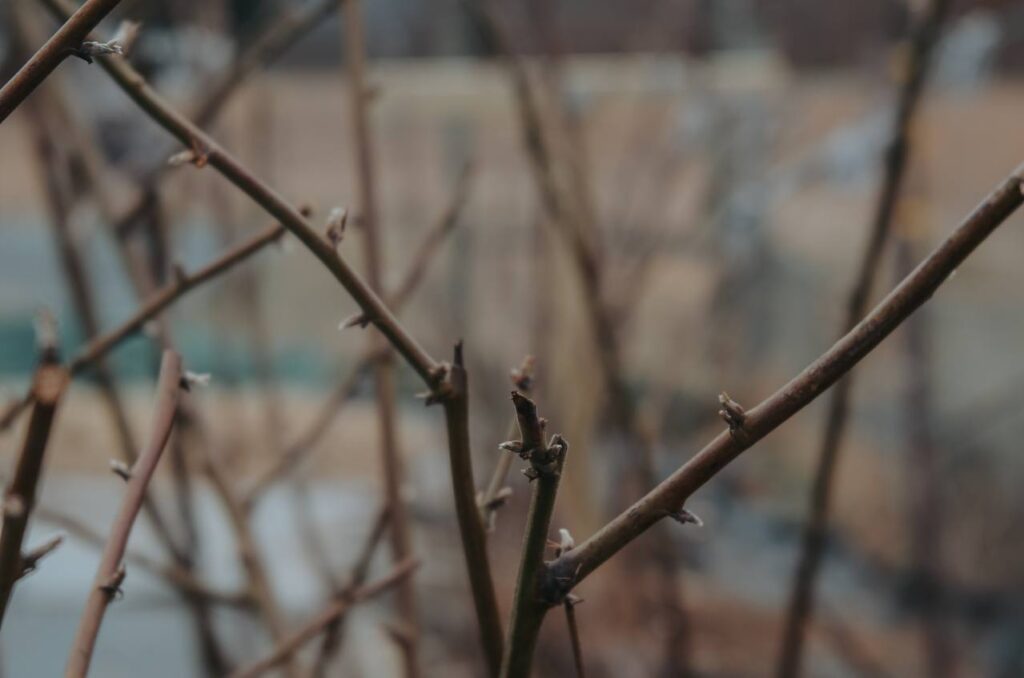
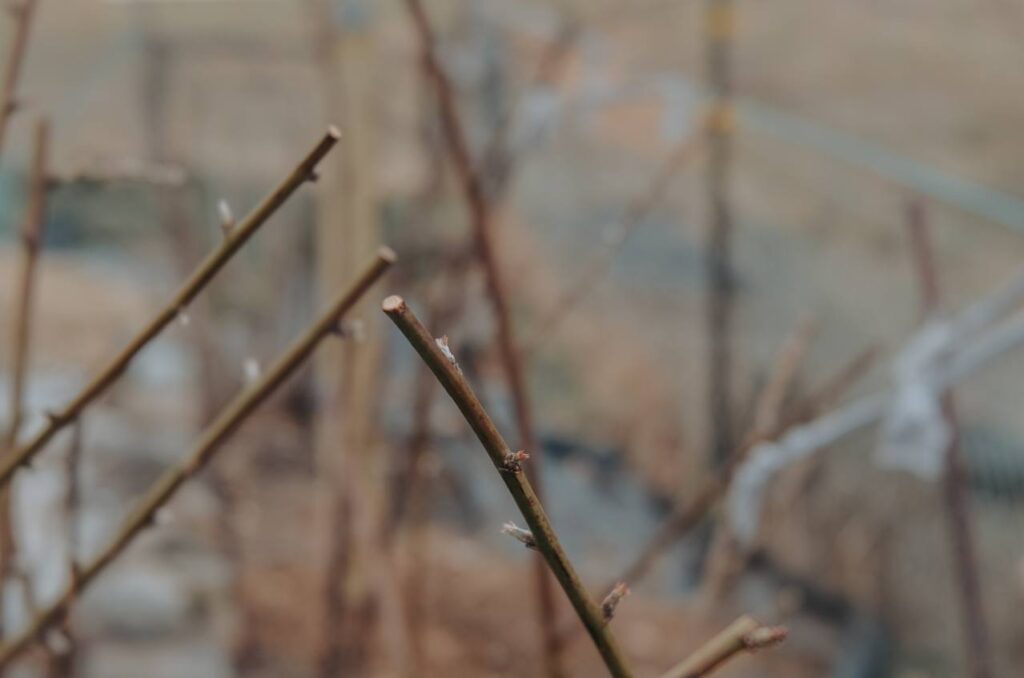
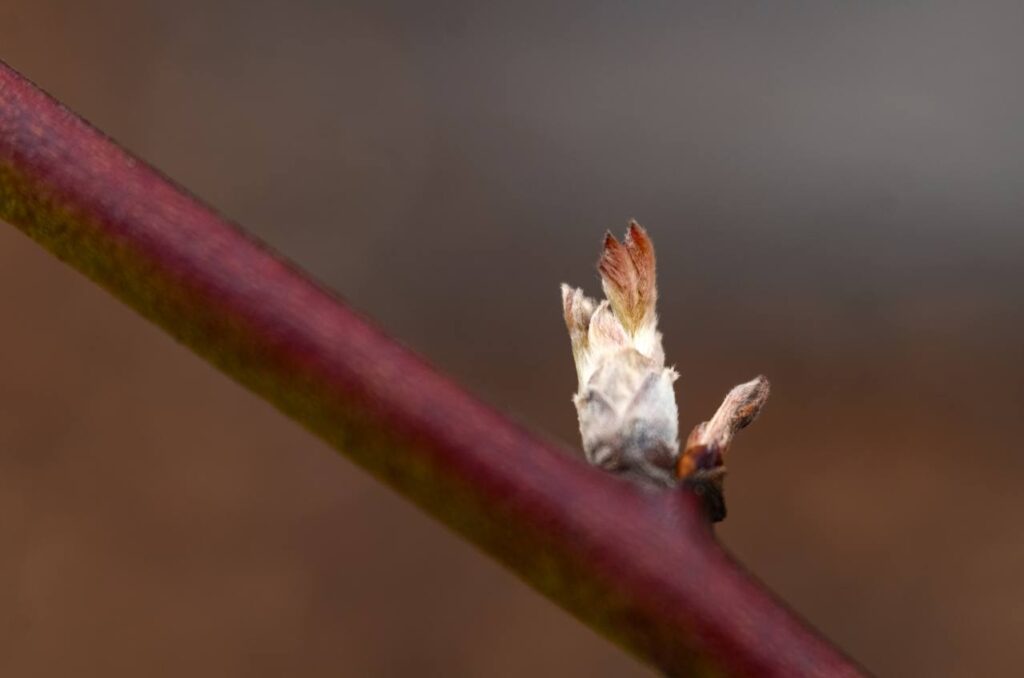
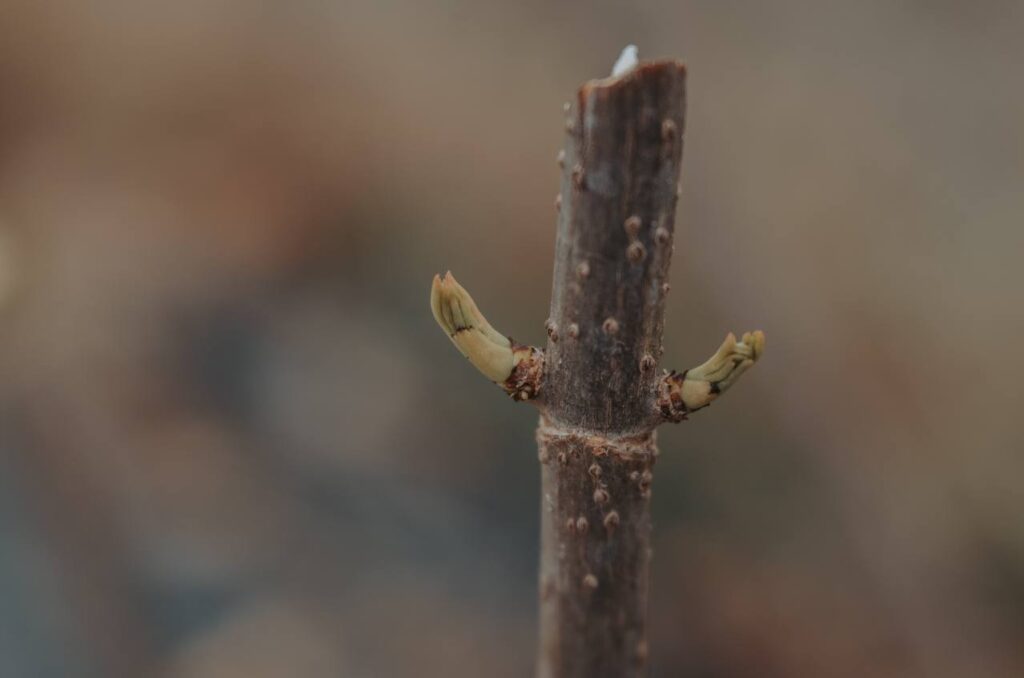
Materials and Tools Needed
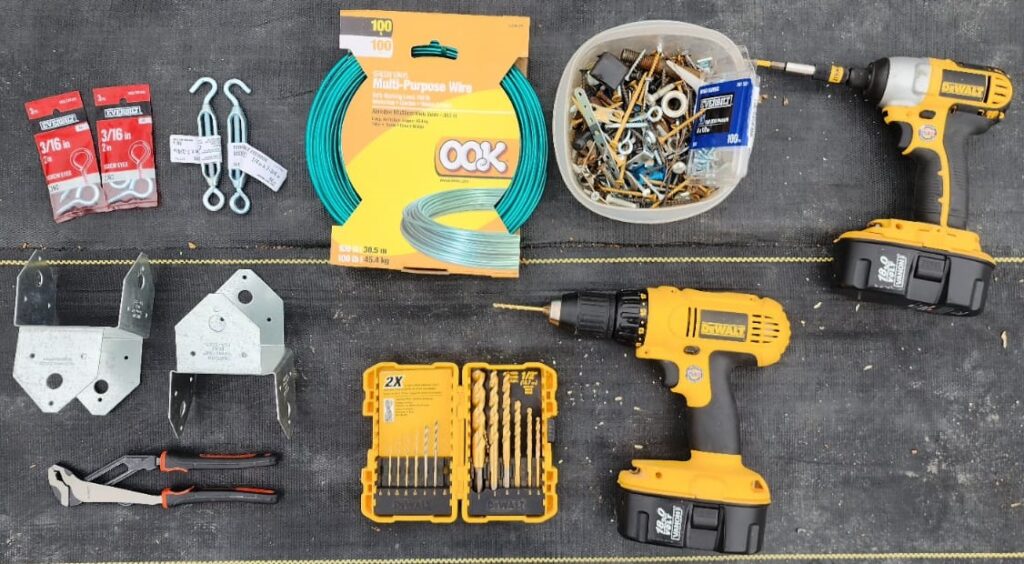
- 2 x Bag of 50 Lb. Sakrete (Not Pictured Above)
- 2 x 4″x4″x8′ Wooden Post (Not Pictured Above)
- 2 x Simpson Strong-Tie Post Cap for 4x Lumber
- 2 x 1/4 in. x 7-3/4 in. Turnbuckle Hook/Eye (You May Want a Larger Size)
- 4 x 3/16 in. x 2 in. Screw Eye (You May Want a Larger Size)
- 100′ Multi-Purpose Coated Wire
- Drill & Impact Driver (Not entirely necessary but makes it MUCH easier)
- 1/8″ drill bit for Screw Eyes (Not entirely necessary but makes it MUCH easier)
- 24 Screws (2″ or Longer – I prefer the T-25 Star screws)
- Pliers or Screw Driver and Wire Cutters
- Measuring Tape
- Saw Capable of Cutting Through 4″x4″
- Post Hole Digger or Shovel
- Level (for leveling the 4″x4″ post in the cement)
Initial Preparations
This post contains affiliate links. When you purchase an item after clicking and using one of our links, Hope and Wildflowers will receive a small commission. Thank you for your support and for stopping by!
1.) Dig the post holes using a post hole digger or shovel. The hole should be 10-12″ wide and 16-18″ deep. We have shale and clay in our soil after about a foot and a half so water tends to lay so we added some stone to elevate the post and allow drainage. We did this the same day as we set the post so no animals became trapped in the holes.

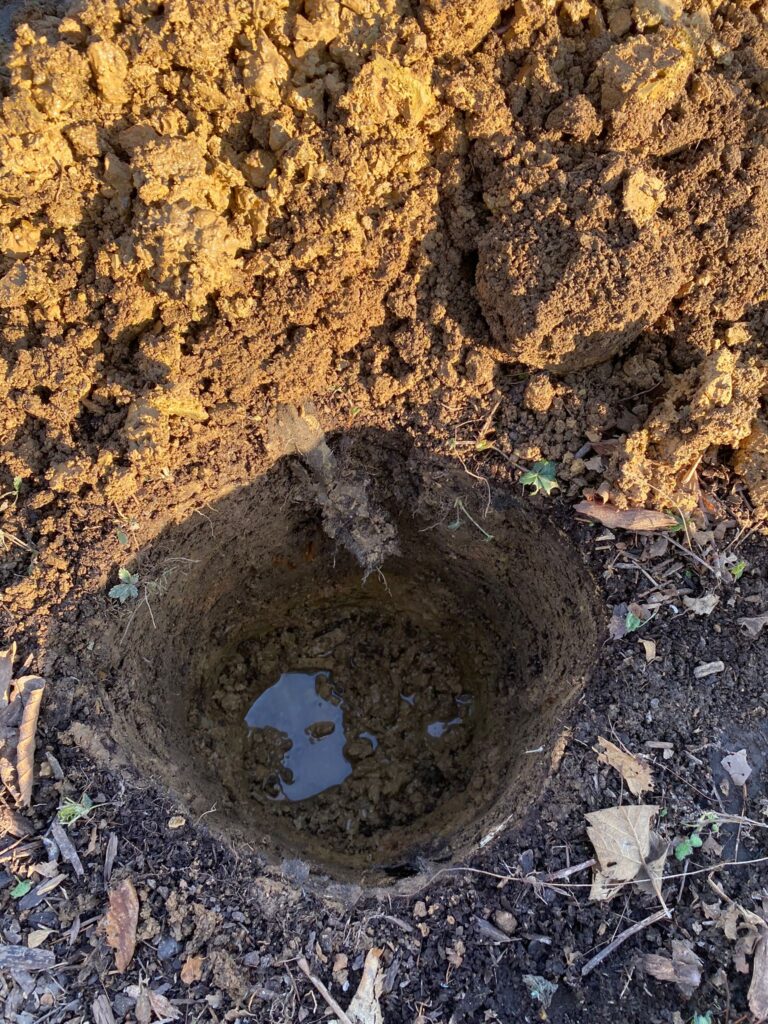

2.) Cut both 4″x4″s into 5′ and ~3′ pieces using the measuring tape and saw. The ~3′ piece will lay on top of the 5′ post using the Simpson Strong-Tie after the cement has had some time to cure.
3.) Follow the directions on your cement of choice (we used Cold Weather Sakrete), set both 5′ posts in the holes, and level them. Using the Strong-Tie, we made sure that each post had a side squarely facing the blackberries. You’ll likely need water to mix the cement. The cement will take up to 2 weeks to fully cure, but we waited 3 days after setting the post before continuing the project since there wouldn’t be much weight stressing the cement.
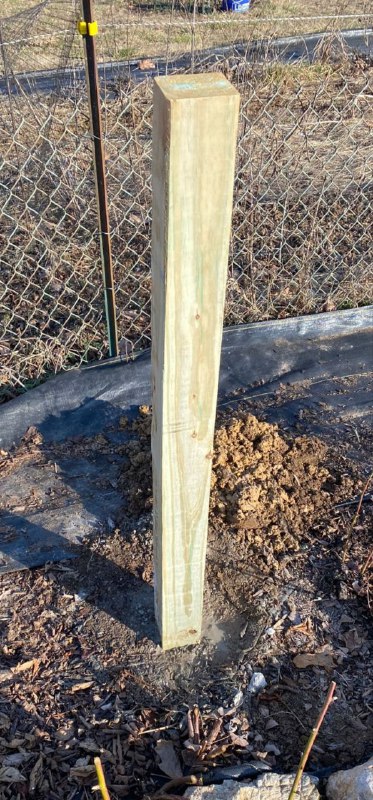
Building the Trellis
4.) Now that the cement has set up enough to work, the next step is to install the first Strong-Tie. Using the impact driver, each Strong-Tie will need 12 screws. When driving the first screw on each side place your hand on top of the center of the Strong-Tie (where the sticker is in the image below) and push down to ensure it’s making contact with the top of the post. If you don’t, you will likely have a gap that may cause problems later.
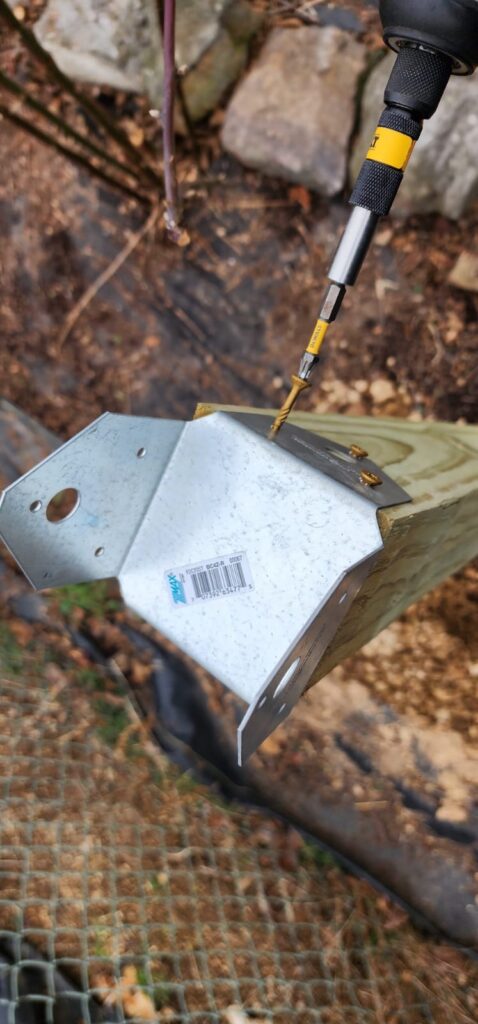
5.) Place the remaining ~3′ post on top to form a “T” and center it with the Strong-Tie. The 8′ post will likely not be exactly 8′ so it’s worth measuring this piece rather than assuming it’s 3′. Again, place pressure downwards on the post when putting the first screw on each side to make sure it makes contact with the center of the Strong-Tie (as shown in images below).
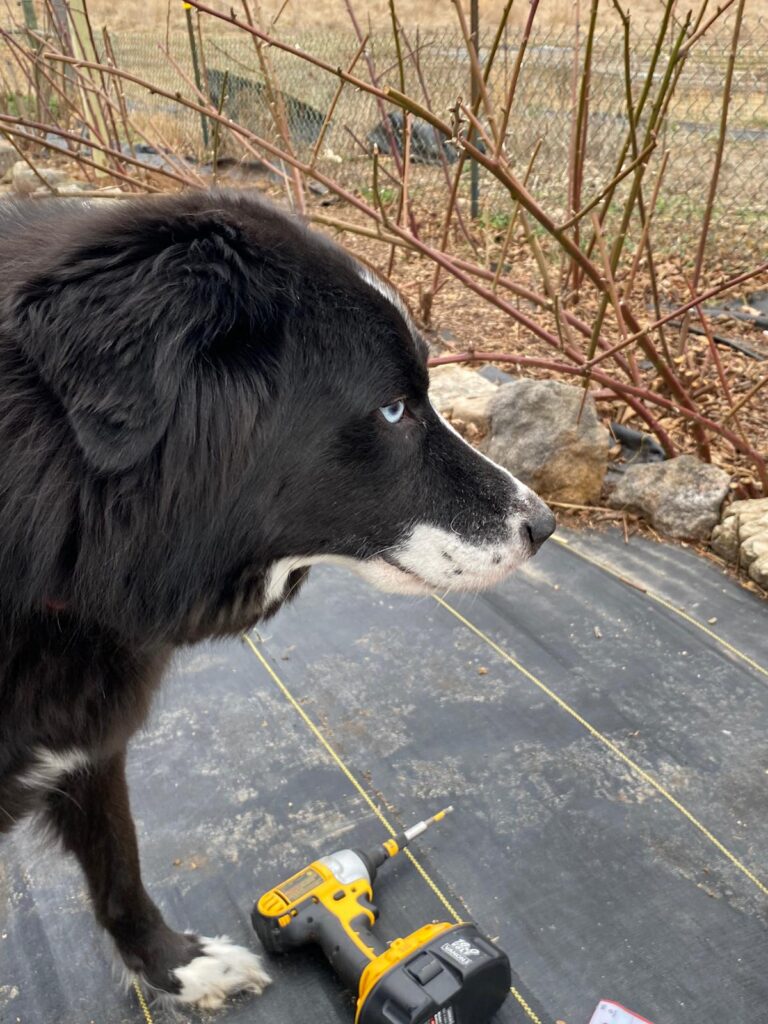

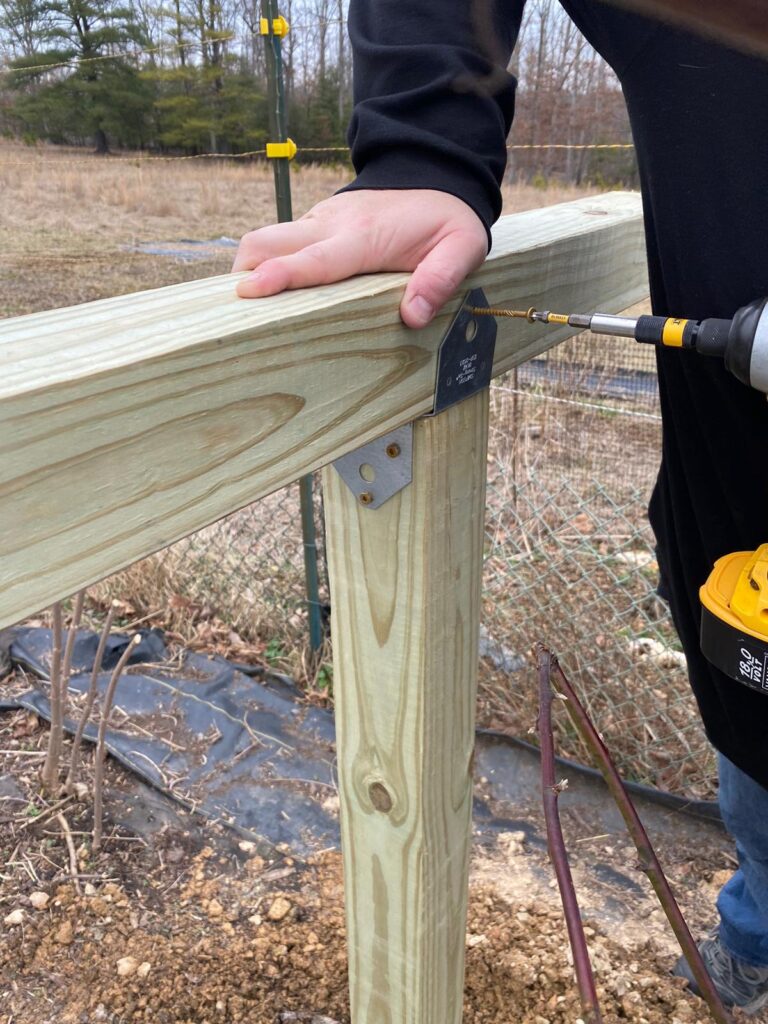
6.) With the trellis supports installed, it’s time to get the screw eyes installed. We next drilled holes for the screw eyes and measured 2 inches in on the bottom of each side of the top post. You don’t have to pre-drill these holes but it makes the work many times easier since you don’t have to have nearly as much upward force to get it started.
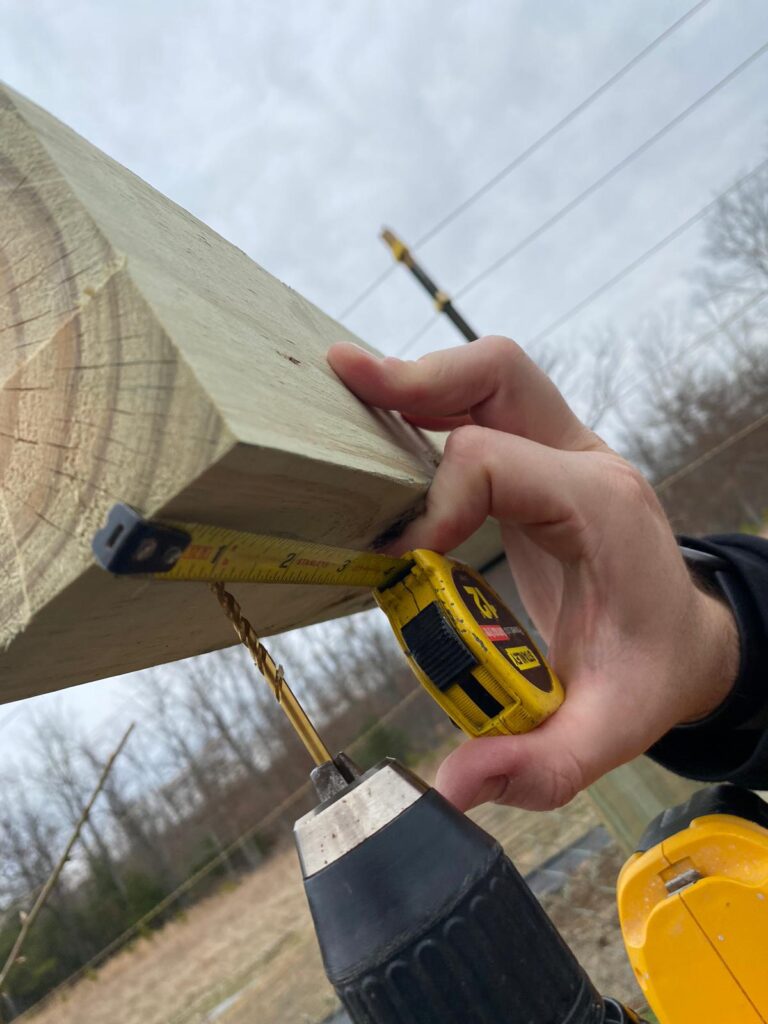
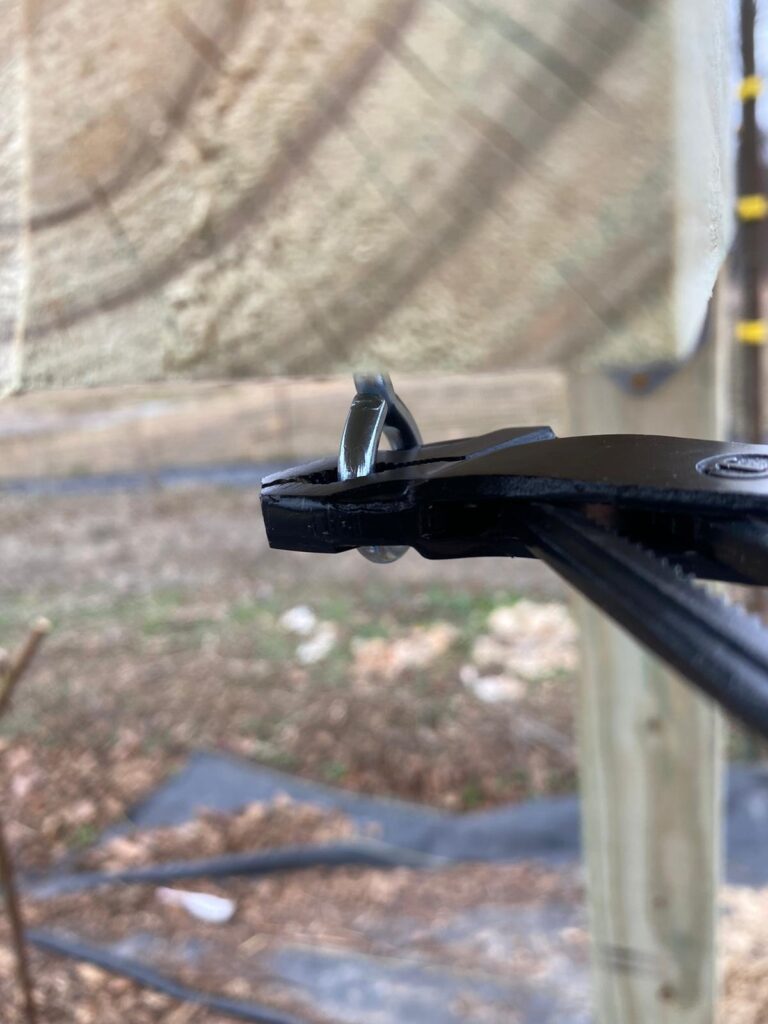
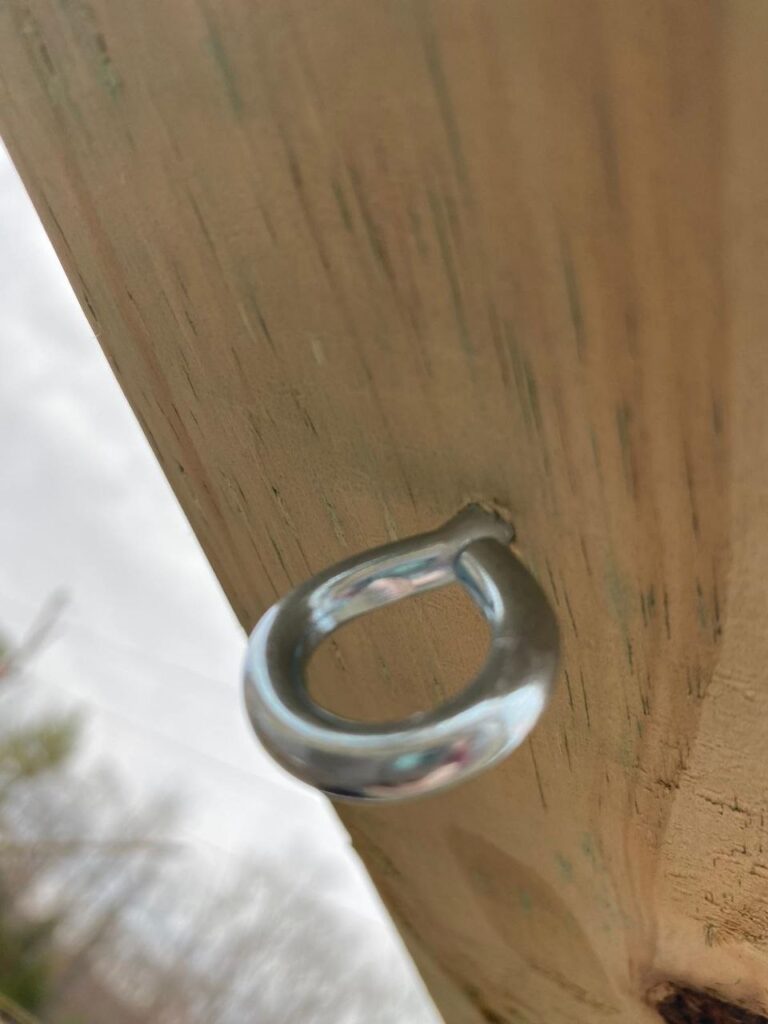
7.) With the screw eyes installed it’s time to open the turnbuckles (the right turnbuckle) and start running the wire that will hold the canes. The turnbuckles will allow for simple tension adjustment in time as the canes are trained upwards. We opened both of them and wrapped wire around the closed end and hooked the other end to one of the screw eyes. There were 2 runs of wire (one on each side) and we cut it about a foot past the opposing screw eye to give enough length to tie off the other end.
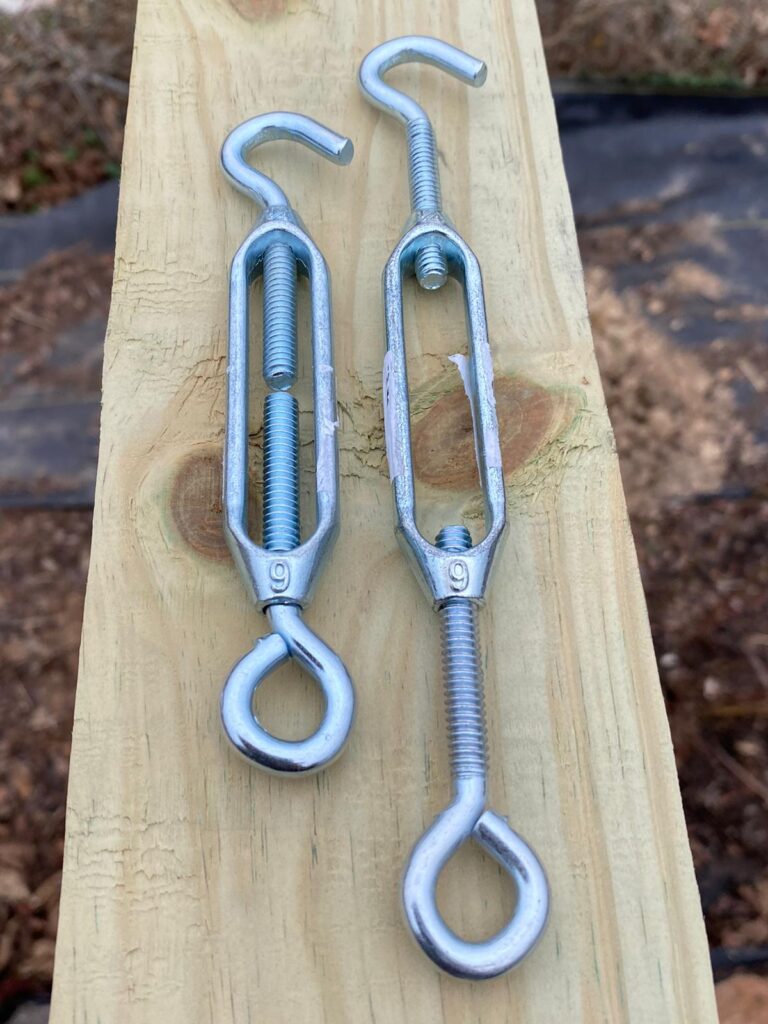
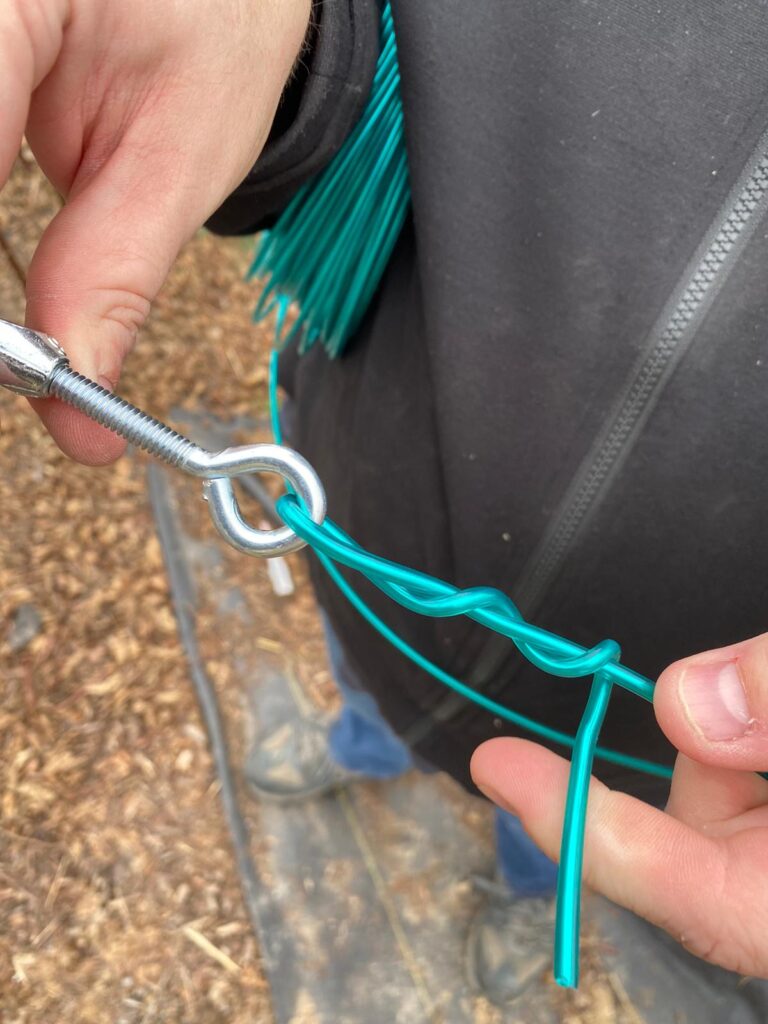

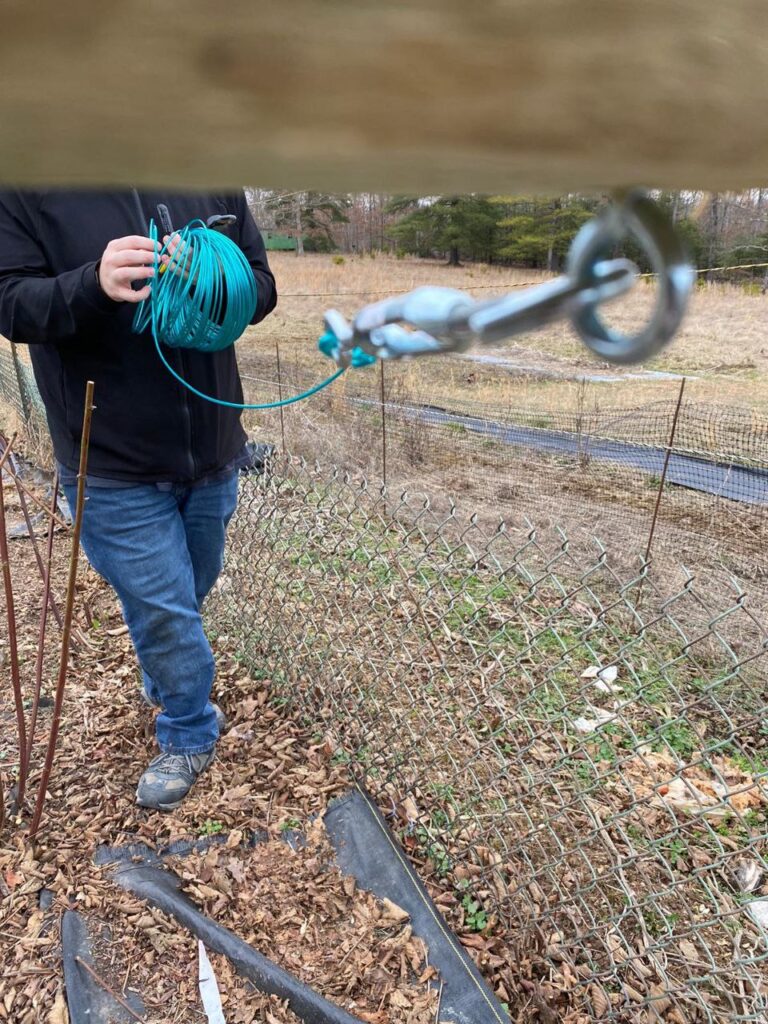
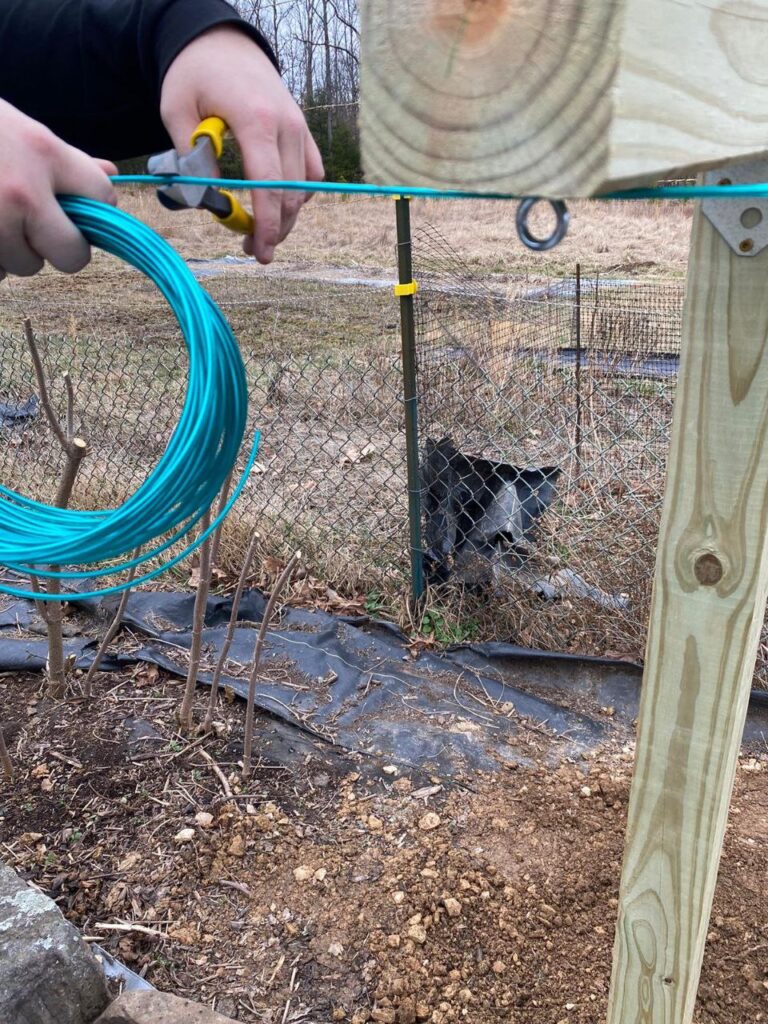

Finishing Up
With the Trellis finished, we tied the canes to the wire using strips of old cloth and slowly (allowing the plants to adjust) increase the tension on the wire to train the canes upwards. The old cloth bedsheets will help not to girdle the canes as they grow causing damage and a weak spot. As the canes get bigger we can retie them to allow for growth.
